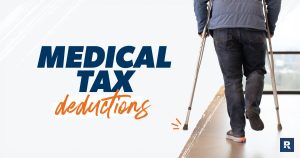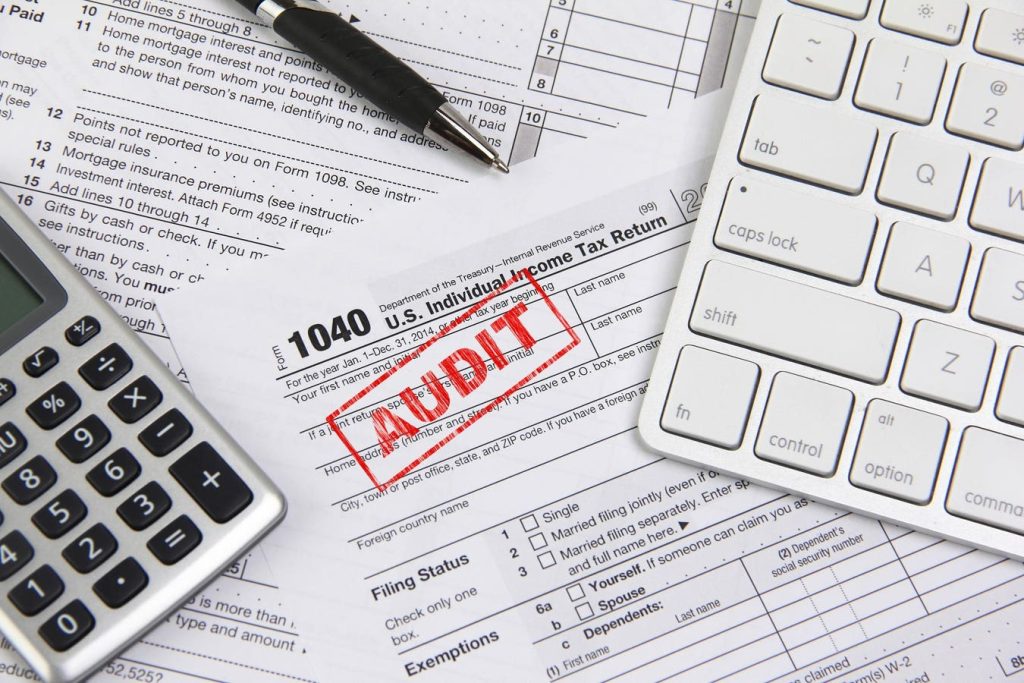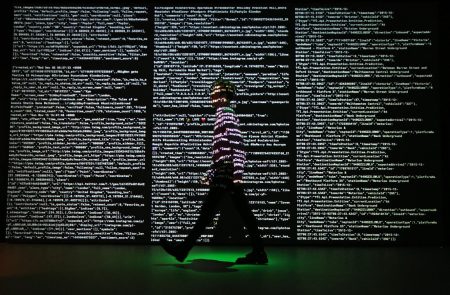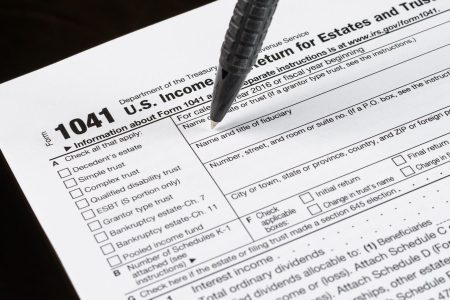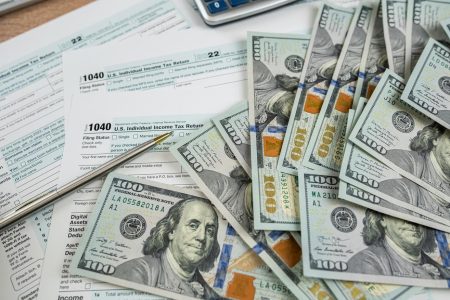Recently, I wrote about a classic tax case from 1930 that is still good law—and still very popular with taxpayers. Now nearly 100 years old, Cohan v. Commissioner stands for the wonderful proposition that in an IRS audit, even if you don’t have receipts, you might still qualify for a tax deduction. Why is this case still so popular today nearly a century after it was decided? Not all of us are good record-keepers, and it is easy to misplace receipts.
George M. Cohan was a Broadway pioneer with hits like “Give My Regards to Broadway” and “Yankee Doodle Boy.” The IRS disallowed Cohan’s large travel and entertainment expenses because he didn’t have receipts. He tended to pay in cash, and when the IRS denied all his deductions, he took the IRS to court. The trial court upheld the IRS, but Cohan appealed to the Second Circuit. Mr. Cohan testified that he paid in cash, and other witnesses remembered his big and expensive dinners.
The IRS still doesn’t like the Cohan rule, which is why you might have to go to court to win. Still, the IRS or a court may be convinced by oral or written statements or other supporting evidence. Even charitable contributions have been allowed under the Cohan rule, although not in cases subject to special strict substantiation requirements. Even so, the old Cohan case is still a favorite with taxpayers, and it’s not hard to see why.
Recently in David Villa and Juanna M. Villa, T.C. 2023-155, (2023), the Tax Court dealt with a contractor who kept poor records, deposited about $60,000 of checks without reporting them, and who had his cousin prepare his tax returns. When he could not convince the IRS that he was right, the IRS issued a Notice of Deficiency for taxes, penalties and interest.
In Tax Court, Villa argued Cohan, and said that he used part of the $60,000 for materials. The court was harsh on some points, but cut Villa some slack on his undocumented cost of goods sold. The court said that if a taxpayer clearly shows that he incurred a deductible expense but is unable to substantiate the exact amount, the Cohan rule permits the court to estimate it, provided there is a reasonable basis for making such an estimate. In making an estimate, the court takes into account that the fact that the taxpayer’s lack of proper records created the situation.
In other words, you are likely only to get half a loaf. Still, it isn’t just about deductible business expenses like the big dinners Mr. Cohan paid for in cash. Although the Cohan rule by its terms applies to deductible expenses, the Tax Court has adapted it to estimate cost of goods sold as well. The recent Villa case is a good example. See also Olive v. Commissioner, 139 T.C. 19, 34 (2012), aff’d, 792 F.3d 1146 (9th Cir. 2015); Alterman v. Commissioner, T.C. Memo. 2018-83, at p. 30-31.
Still, there are exceptions where even the Cohan rule is no help to taxpayers. Every tax item has substantiation requirements, but there are even stricter substantiation requirements than normal for some types of costs. Some expenses for transportation, lodging, meals and entertainment, among other things, have tougher rules, and the IRS refuses to apply the Cohan rule. See IRC section 274(d); Sanford v. Commissioner, 50 T.C. 823, 827-29 (1968), aff’d per curiam, 412 F.2d 201 (2d Cir. 1969).
In another recent case, Alvarado v. Commissioner, T.C. Memo 2024-1, the Tax Court faced similar issues in the context of a used car dealer whose records were poor. The IRS had taken the position that many of the used cars sold had no inventory cost whatsoever. Mr. Alvarado could not prove what he paid for the cars, so the IRS said it had to assume he paid zero for them. But the Tax Court said that was implausible, and that “the law does not require this bizarre result.”
Instead, the Tax Court listened to testimony about the purchase of the used cares. In the end—although Mr. Alvarado would have done much better with receipts—the Tax Court was able to increase Mr. Alvarado’s costs of goods by about $1 million more than the IRS’s harsh stance. In short, in a pinch—if you are willing to fight with the IRS even in court—the old Cohan rule can help.
Is this a good planning technique? Hardly. If you don’t want to take your chances in court and likely endure a severe haircut when you do, you are always better off with good substantiation. Checks, receipts, invoices, and more are always helpful. Worrying about an IRS audit isn’t fun, and trying to prove your expenses without receipts isn’t either. The best advice is to save those receipts so you never have to argue the Cohan rule.
Read the full article here

